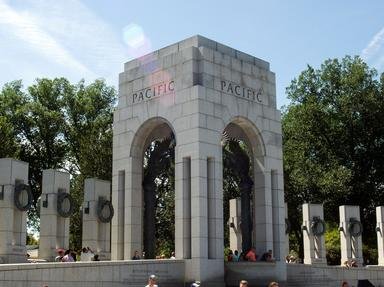Quiz Answer Key and Fun Facts
1. Of the 1,196 men on the final sailing list of the USS Indianapolis, how many survived?
2. How did the Captain of the USS Indianapolis, Captain Charles Butler McVay III, die?
3. What was the precious cargo the USS Indianapolis delivered to the island of Tinian on July 26, 1945?
4. How long did it take the USS Indianapolis to sink once it was hit by the second Japanese torpedo?
5. The Japanese submarine commander, Mochitsura Hashimoto, who was responsible for launching the two torpedoes that sank the USS Indianapolis, appeared during Captain McVay's court-martial, held in Washington, D. C., in November 1945.
6. Who was the only President of the United States to travel on the USS Indianapolis?
7. Was a distress signal sent out by the USS Indianapolis on July 30, 1945?
8. The pilot of the PV-1 Ventura Bomber, Lieutenant Wilbur Gwinn, accidentally discovered the surviving crew members of the USS Indianapolis, while on a routine patrol.
9. During the four days and five nights in the ocean, what were the leading causes of death among the crew members of the USS Indianapolis?
10. Of the following battles during World War II, which ones did the USS Indianapolis participate?
Source: Author
Uga76
This quiz was reviewed by FunTrivia editor
bloomsby before going online.
Any errors found in FunTrivia content are routinely corrected through our feedback system.
